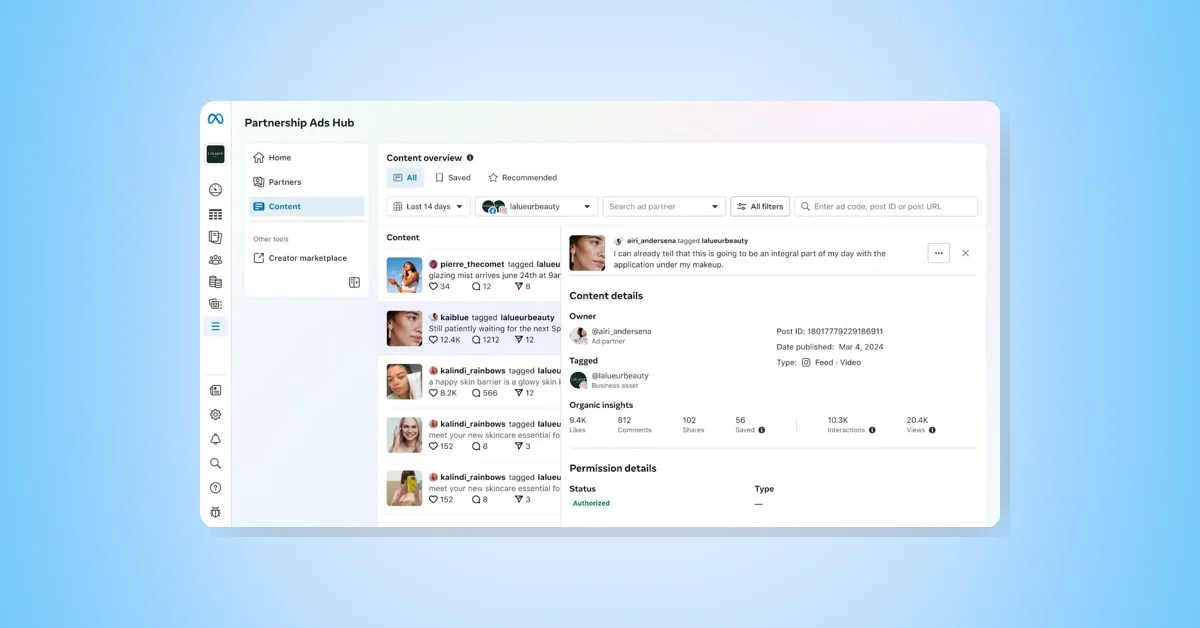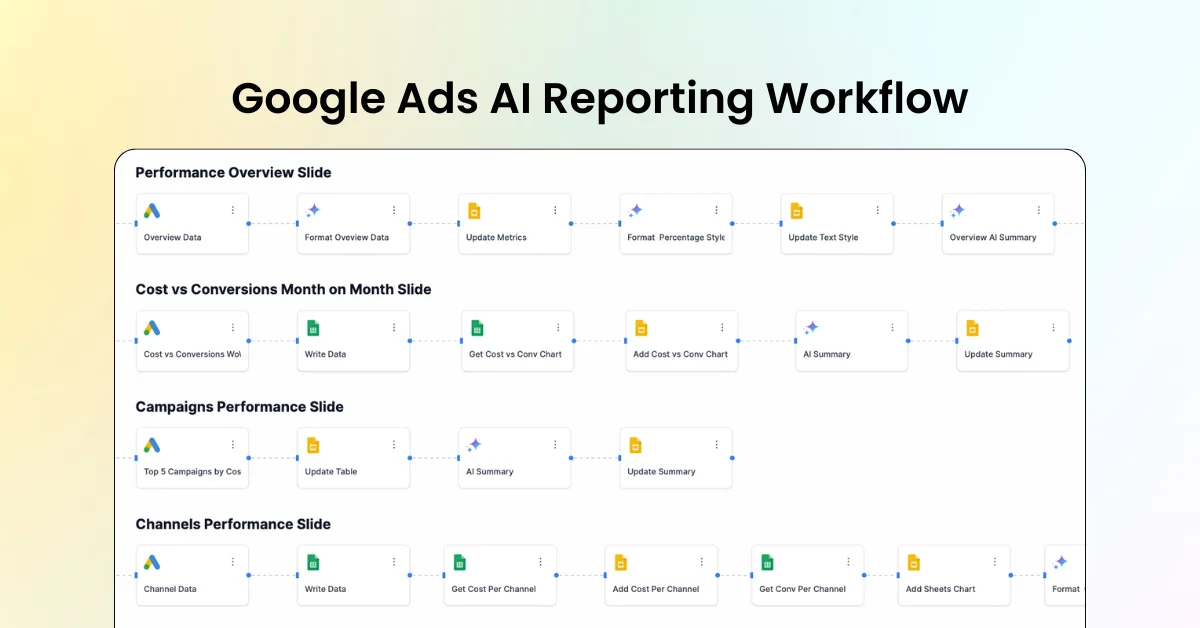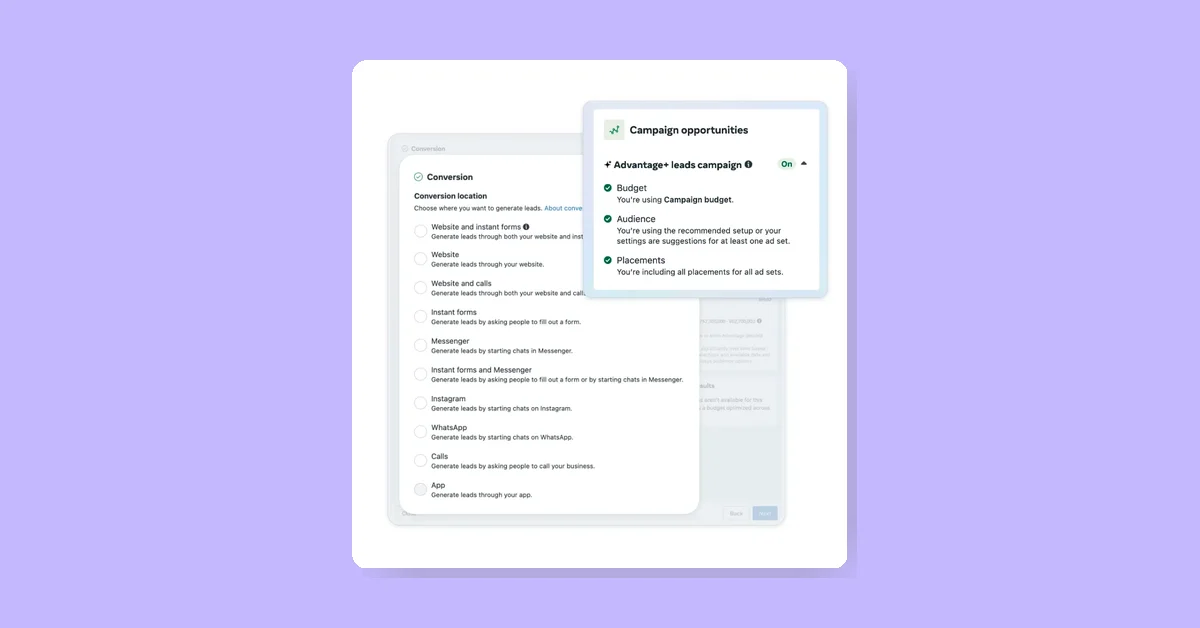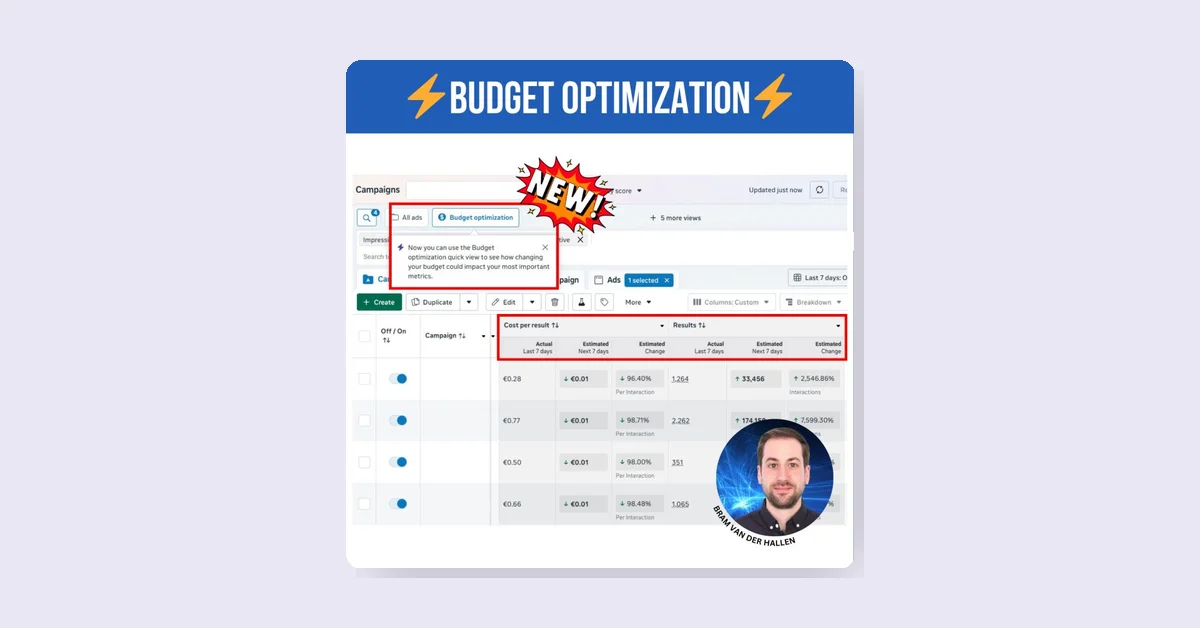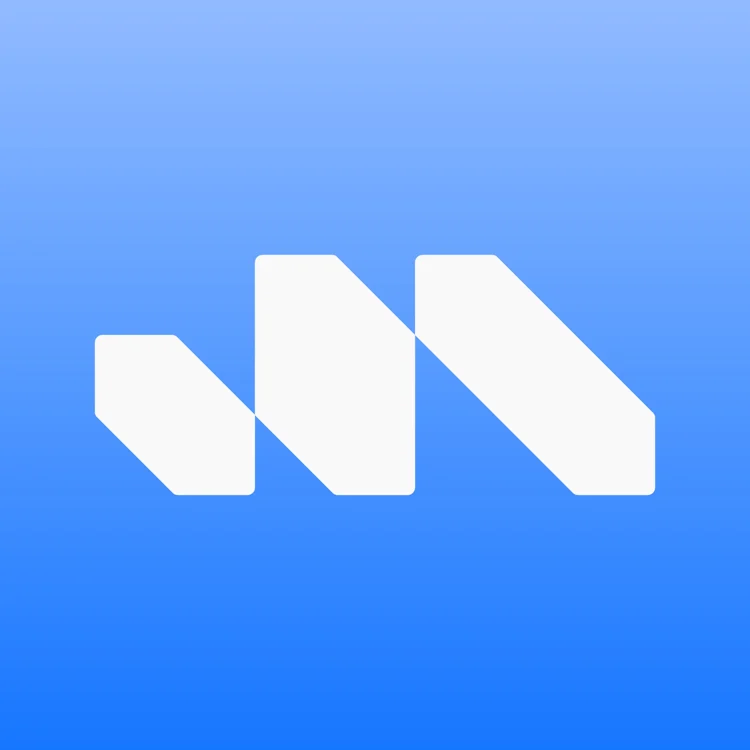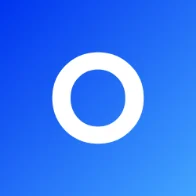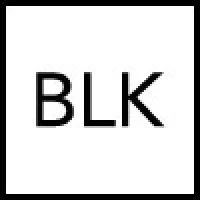Meta has enhanced its app promotion capabilities by improving AI targeting to better align with advertisers' specific goals, particularly for app and gaming advertisers. Recognizing that businesses define success differently, Meta offers tools that allow advertisers to specify which conversions they value most, such as app downloads, in-app purchases, or maximizing return on ad spend (ROAS).
Value Optimization for In-App Purchases
For advertisers focused on in-app purchases, Meta provides two campaign optimization options: optimizing for the volume of conversions or for the most valuable conversions. For example, a gaming advertiser may prefer fewer high-value purchases over a larger number of low-value ones. Throughout 2025, Meta has enhanced its value optimization models, resulting in advertisers seeing a 29% higher ROAS when optimizing for conversion value rather than volume.
Several user acquisition managers from companies like FunPlus, CrazyLabs, and Banditos Studio have reported significant improvements using value optimization campaigns. These improvements include acquiring higher-value players more efficiently, achieving stronger ROAS, and gaining stability and scalability in user acquisition strategies. Banditos Studio, for instance, invested about 85% of their user acquisition budget on value optimization campaigns recently, planning to scale further.
Alignment with Mobile Measurement Partners (MMPs)
Meta has also worked closely with Mobile Measurement Partners (MMPs) such as Adjust, Airbridge, AppsFlyer, Branch, Kochava, Singular, and Tenjin to better align ad attribution and delivery models with third-party reporting. This collaboration helps optimize Meta’s ad system to deliver conversions that advertisers value according to their own analytics.
Advertisers often have different definitions for key metrics, such as what constitutes a "new user" or how long a user must be inactive before being counted as reengaged. Meta has updated its targeting windows to reflect these differences. For example, advertisers using AppsFlyer can set a flexible reattribution window from 0 to 180 days, while Meta applies a 180-day exclusion window for advertisers using Adjust and Singular.
This alignment has led to improved campaign efficiency. After extending the exclusion window from 90 to 180 days, Meta observed that Mobile App Promotion campaigns targeting new users had 20% fewer acquired users who did not meet the advertiser’s definition of a new user.
Conclusion
Meta’s AI-driven enhancements in app promotion focus on delivering more valuable conversions by allowing advertisers to define success clearly and optimizing campaigns accordingly. The improvements in value optimization and closer integration with MMPs help advertisers achieve better ROAS, acquire higher-value users, and align campaign performance with their measurement standards.


